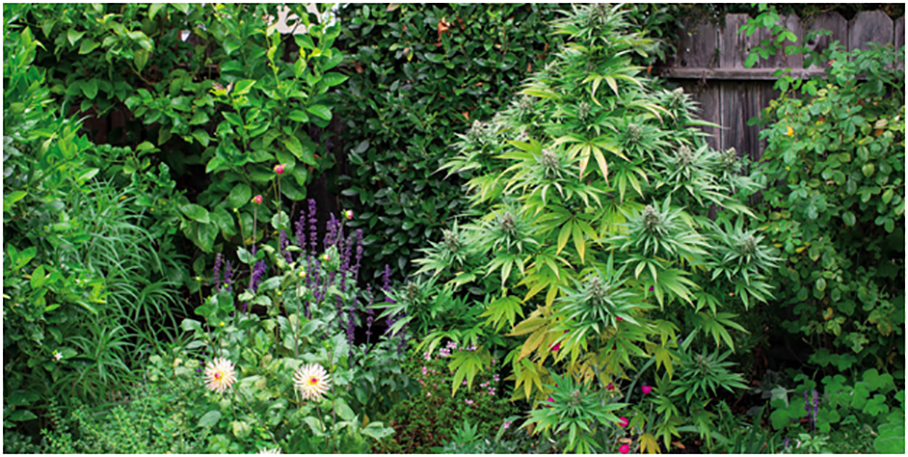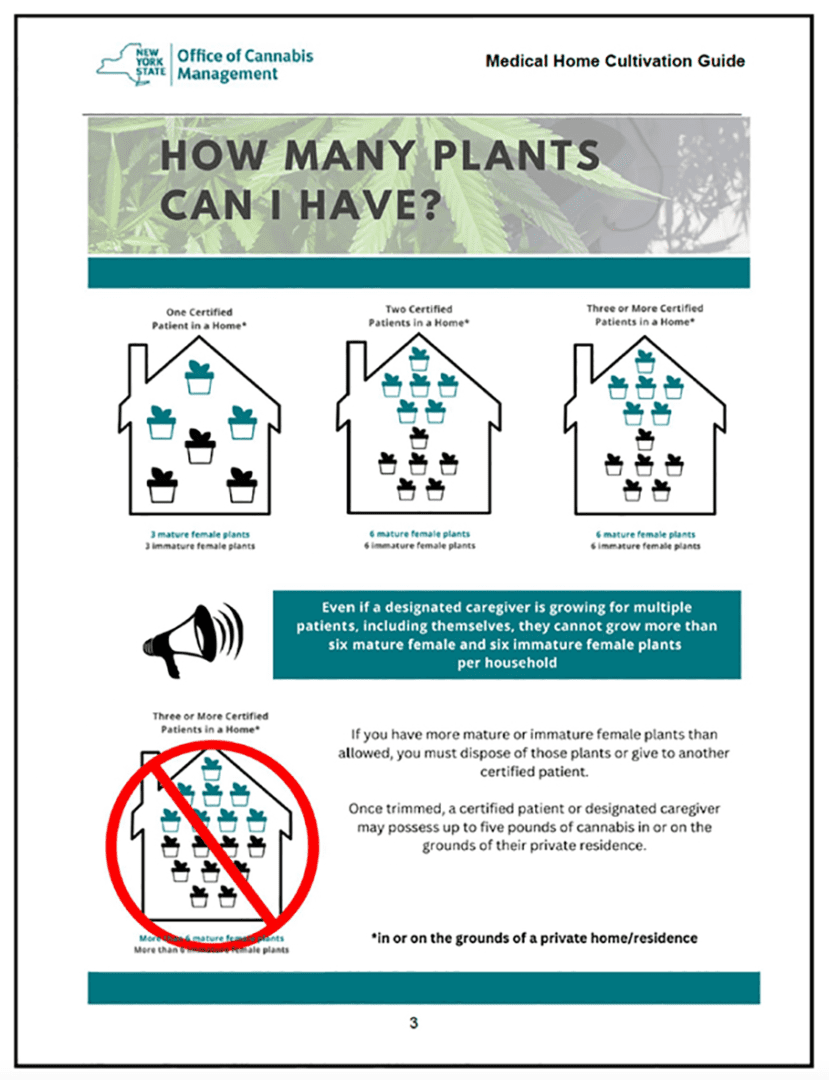Since New York has legalized cannabis, whether for medical or recreational purposes, cannabis cultivation has gained significant popularity. Two major types of cannabis plants are widely recognized: autoflower cannabis and photoperiod cannabis/full-term. Understanding the differences between these two types is crucial for growers looking to maximize their yields and optimize their cultivation processes. Today we compare and contrast autoflower cannabis and photoperiod cannabis plants, highlighting their pros and cons.
Motorbreath is an SFV OG Kush and Chemdawg cross to create, an Indica-dominant hybrid. Citrusy, cinnamon-like, with a hint of hops, this strain is infused with terpenes like Limonene, B-Caryophyllene, and B-Myrcene.
In general, there are 3 species of cannabis plants, therefore considerable thought should be taken when buying your weed seeds. Cannabis plants with a photoperiod period, also known as full-term plants, originated in southern equatorial climates, hence the term cannabis sativa, while cannabis indica plants originated in Nepal, Pakistan, Afghanistan, and Northern India, which have cooler northern mountainous climates. Under very harsh conditions and long summer days, cannabis ruderalis plants developed in Northern Russia and Siberia.
Autoflower Cannabis:
Autoflower cannabis plants are known for their unique characteristics and growth patterns. These plants have been crossbred with Cannabis ruderalis, a subspecies known for its ability to flower independently of light cycles. The most prominent advantage of autoflower cannabis is its rapid growth cycle. These plants typically complete their life cycle in just 8 to 12 weeks, making them ideal for growers seeking quick turnaround times and multiple harvests per year.
During the late 1970s and early 1980s, Dutch breeders began crossing auto-flowering ruderalis with indica and sativa marijuana varieties. By 2000, the first North American autoflowers began to emerge. Fast forward to the 2023 American Autoflower Cup, the first-place sativa entry strain Strawberry Gorilla tested at over 26 percent THC.

Pros of Autoflower Cannabis:
1. Quick Harvests: Autoflower cannabis plants have a shorter vegetative phase and will start flowering automatically after a specific time frame, usually around two to four weeks. This allows for a faster harvest and facilitates more efficient use of grow space.
2. Simplicity: Autoflower plants do not require specific light schedules to initiate flowering. They are not reliant on a particular photoperiod, allowing growers to keep a constant light cycle throughout the plant’s life cycle. This simplicity is advantageous for novice growers or those looking for a hassle-free cultivation process.
3. Stealth and Outdoor Cultivation: Autoflower cannabis plants can be a great option for growers seeking discretion. Their small size and compact structure make them less conspicuous, whether grown indoors or outdoors. They are also less affected by light pollution or changes in the environment, making them suitable for outdoor cultivation in various climates. Despite the fact that many home grows are legal, when growing outdoors keep in mind there may be watchful eyes waiting to snatch your hard work just as the clock strikes 12.

Best way to disguise your outdoor grow is to incorporate other plants in your patch. Here you see a flowering cannabis plant, center right, camouflaged amongst a plethora of shrubs.
Cons of Autoflower Cannabis:
1. Lower Yields: One of the significant drawbacks of autoflower cannabis plants is their relatively smaller size and lower yields compared to photoperiod varieties. Due to their rapid growth cycle, the plants have limited time to develop, resulting in smaller plants and fewer bud sites.
2. Limited Control: Since autoflower plants have a predetermined life cycle, growers have limited control over their growth and flowering stages. Adjusting the plant’s vegetative phase or maximizing growth potential becomes more challenging, as the plants progress rapidly from the vegetative to the flowering stage regardless of environmental conditions.
3. No clones: Mother plants cannot be cloned, so you’ll have to hope that all your weed seeds from a cultivar are equally viable.
4. Many cultivators have reported that buds seem less dense and weighty despite appearing fully developed. The plant’s rapid growth may be responsible for this characteristic. Additionally, the smoke tends to burn faster than it does with dense full-term marijuana plants.
Photoperiod Cannabis:
Photoperiod cannabis, often referred to as full-term plants, is the traditional and most common type of cannabis cultivated. These plants rely on changes in light cycles to initiate flowering. They require a specific photoperiod of uninterrupted darkness for a certain duration to trigger the transition from vegetative to the flowering stage.
Pros of Photoperiod Cannabis:

1. Larger Yields: Photoperiod cannabis plants generally have larger yields compared to autoflower varieties. The extended vegetative phase, allows the plants to grow bigger and develop more bud sites, resulting in higher overall production.
2. Control and Flexibility: With photoperiod cannabis, growers have complete control over the vegetative and flowering stages. Manipulating light schedules enables growers to extend the vegetative phase, giving the plants more time to develop, or initiate flowering at specific times to synchronize with external factors or personal preferences.
3. Genetics and Variety: The majority of cannabis genetics and strains are available as photoperiod varieties. This wide range of options allows growers to select from diverse genetic profiles, flavors, cannabinoid profiles, and desired effects, catering to specific preferences and medical needs.

Cons of Photoperiod Cannabis:
1.Longer Growth Cycle: Photoperiod cannabis plants have a longer growth cycle compared to autoflower varieties, especially when growing outdoors. This extended period, usually 12 to 24 weeks depending on the strain, means fewer harvests per year and requires more time and resources from growers.
2. Light Sensitivity: Photoperiod plants are sensitive to light leaks during their dark period. Even brief exposure to light can disrupt the flowering process, potentially causing stress, hermaphroditism, or reduced yields. This sensitivity necessitates careful light control and may require more attention to the growing environment.

New York State Office of Cannabis Managemen Medical Homegrow Regulations
Choosing between autoflower weed seeds and photoperiod cannabis plants depends on the specific goals, resources, and preferences of the grower. Whether you’re experienced or a novice, the first question you should ask is, how long does it take to grow weed? Autoflower plants offer rapid growth cycles, simplicity, and discreet cultivation options but may yield smaller harvests.
On the other hand, photoperiod plants provide greater control, larger yields, and a wider selection of weed seeds and genetics but require longer growth cycles and stricter light control. Ultimately, understanding these differences empowers growers to make informed decisions and optimize their cannabis cultivation endeavors.
Last but not least reference the New York State Office of Cannabis Management Homegrow Regulations so that you can stay compliant with current homegrow laws.
Written by Alex

